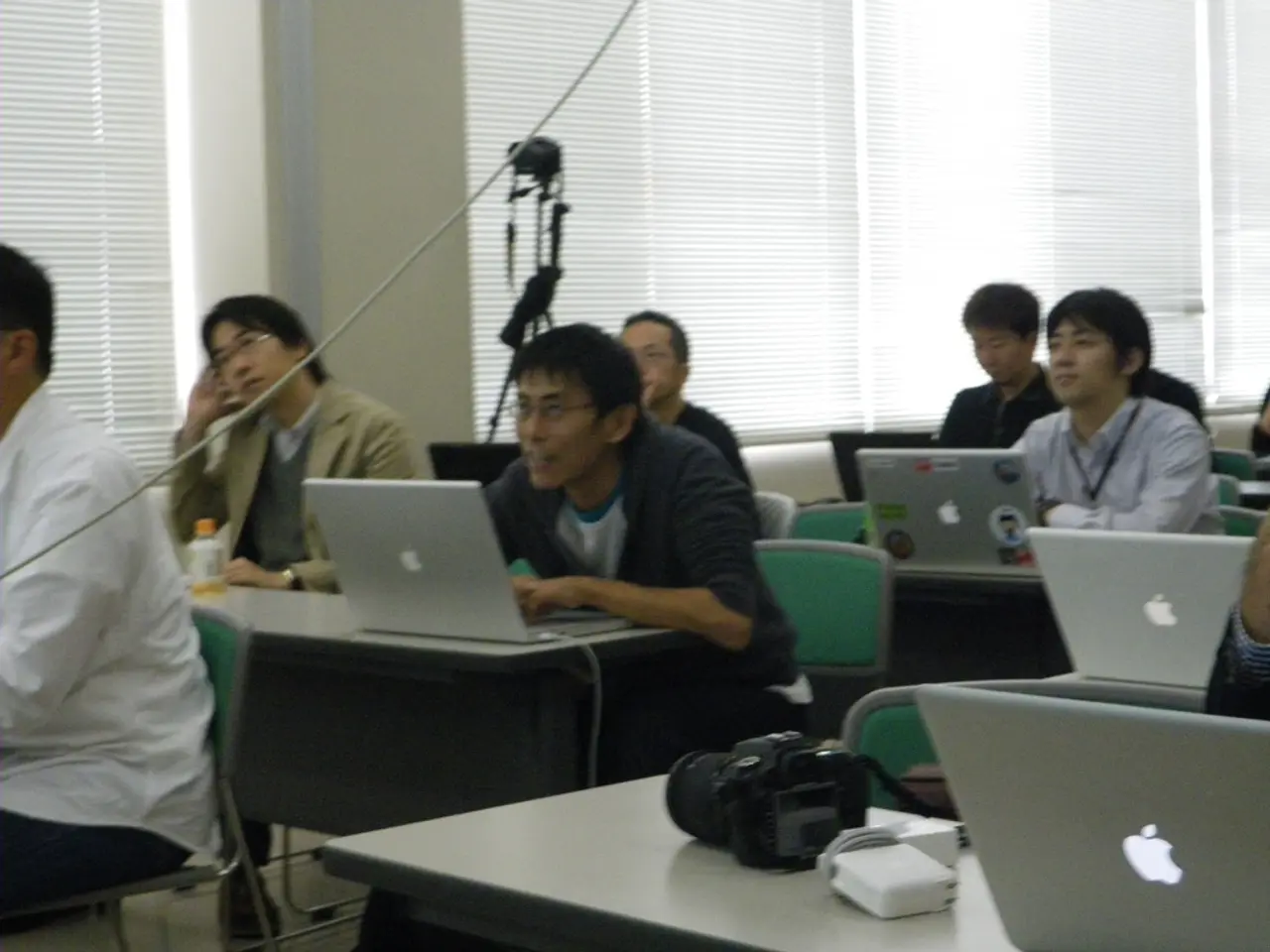Exploring Data Gathering Through Augmented Reality (AR) and Its Impact
Transforming Industrial Work with Augmented Reality
Augmented Reality (AR) is making a significant impact on the industrial sector, revolutionizing knowledge acquisition, training, maintenance, and repair processes.
- Knowledge Acquisition and Training
Gone are the days of paper manuals. AR provides digital, interactive instructions that overlay directly onto the operator’s field of view, reducing cognitive load and improving comprehension. This immersive learning environment helps bridge skill gaps caused by an aging workforce and fast-changing industrial standards, enabling less experienced workers to safely operate sophisticated machinery.
- Maintenance and Repair
AR enables personnel to access real-time data such as a machine’s maintenance history directly on-site, improving diagnostic accuracy and workflow. Visual overlays highlight specific components or step sequences, facilitating routine maintenance and complex repairs. Remote experts can collaborate by placing virtual markers visible to on-site workers, enhancing remote troubleshooting and support.
- Efficiency and Safety
AR integrates digital information within the real-world environment, allowing operators to stay focused on the physical task without diverting attention to external manuals or screens. This reduces error rates and workplace hazards, especially near heavy industrial equipment. AR also offers contextual information about the machinery status and hazardous zones, increasing operator situational awareness.
- Adoption and Market Growth
The benefits of AR have led to its rapid adoption in manufacturing and industrial automation, fueling expansive market growth expected to reach trillions in the next decade. Leading solutions like Microsoft HoloLens and PTC Vuforia demonstrate AR’s practical application in training, design visualization, and maintenance.
In addition, AR visual assistance software helps technicians retain data acquired for later use, and AR-based visual assistance technologies allow technicians to connect with specialists for problem-solving advice.
In conclusion, AR transforms industrial work by merging digital knowledge with physical tasks, enabling faster skill acquisition, improving operational efficiency, and enhancing worker safety across knowledge acquisition, training, maintenance, and repair functions. The US Workforce Knowledge Report indicates that employees find it extremely challenging to replace hands-on experience once it is lost. AR, with its ability to provide interactive, immersive learning experiences, offers a promising solution to this challenge.
- The interactive instructions provided by Augmented Reality (AR) overlay directly onto the operator’s field of view, aiding less experienced workers in understanding sophisticated machinery through immersive learning environments.
- Real-time data access via AR improves diagnostic accuracy on-site during maintenance, as well as facilitating complex repairs through visual overlays that highlight specific components or step sequences.
- In the realm of education-and-self-development, AR support enables remote experts to collaborate with on-site workers through virtual markers, enhancing remote troubleshooting and support.
- Augmented Reality's integration of digital information within the real-world environment permeates all aspects of the industrial sector, from construction to software, improving efficiency and safety, especially near heavy machinery.
- The profound impact of AR has led to its swift adoption in the manufacturing and enterprise, propelling a significant market growth forecasted to reach trillions in the coming decade, as demonstrated by solutions like Microsoft HoloLens and PTC Vuforia.
- Personal-growth, learning, and retention of data acquired for later use are achievable through AR visual assistance software, making AR-based visual assistance technologies an essential tool in the arsenal of modern technicians.




